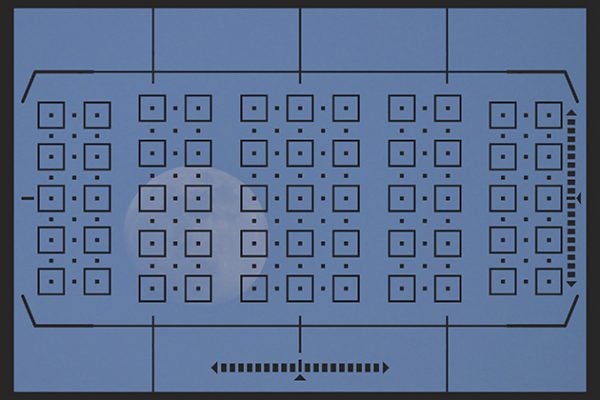Bob Newman explains how the sophisticated autofocus system on the Nikon D500 stays on track, even when following erratically moving objects
Recently, a friend lent me his new Nikon D500 to try. It seemed to be well designed, but what impressed me most was the new autofocus system and its ability to latch onto and follow an object, even one with erratic motion.
Nikon calls this system ‘3D tracking’, which means it can take into account the distance of a target when it tries to track it. The D500 has 153 autofocus sensors spread across the frame. Each of these can independently find the distance of an object within its field of view. The field of view of each sensor is also somewhat extended, so if the object’s distance changes between readings, its rate of change of distance (velocity in a direction towards or away from the camera) can be calculated, as the second derivative. The rate of change of that velocity is the acceleration. Thus, while an object is positioned on a focus point, the camera can adjust its estimate of its position continuously.
But what if the camera or object moves and is no longer on the same focus point? The camera can detect that state of affairs quite quickly because the distance indicated by that point will change too fast for a real object to have moved so far in the time between readings. In that case, it would be expected to appear positioned on another point, especially when the points are as densely distributed as they are on the D500.
The question is, how to find which point has grabbed the object. Since the camera has estimated the last-known distance, as well as the relative velocity and acceleration, the autofocus processor can estimate quite accurately what the distance of the object will be when it arrives at the next focus point. So, if it detects objects under other focus points – that is, they are at the wrong distance – it ignores them. Only objects appearing under expected focus points within the estimated distance range are taken to represent the new position of the object. In this way, the autofocus system can track the movement of an object between focus points.
However, if you have a cluster of objects at similar range, it is difficult for the autofocus system to determine which is being tracked. To help overcome this, modern AF systems link with information from the exposure- metering sensor. In cameras such as the D500, this is a full-colour image sensor. It can detect the colour of an object at the focus point, so when the autofocus system has to determine which of several possible objects is being tracked, it can reject those that are a different colour from the originally captured point.
Bob Newman is currently Professor of Computer Science at the University of Wolverhampton. He has been working with the design and development of high-technology equipment for 35 years and two of his products have won innovation awards. Bob is also a camera nut and a keen amateur photographer.





